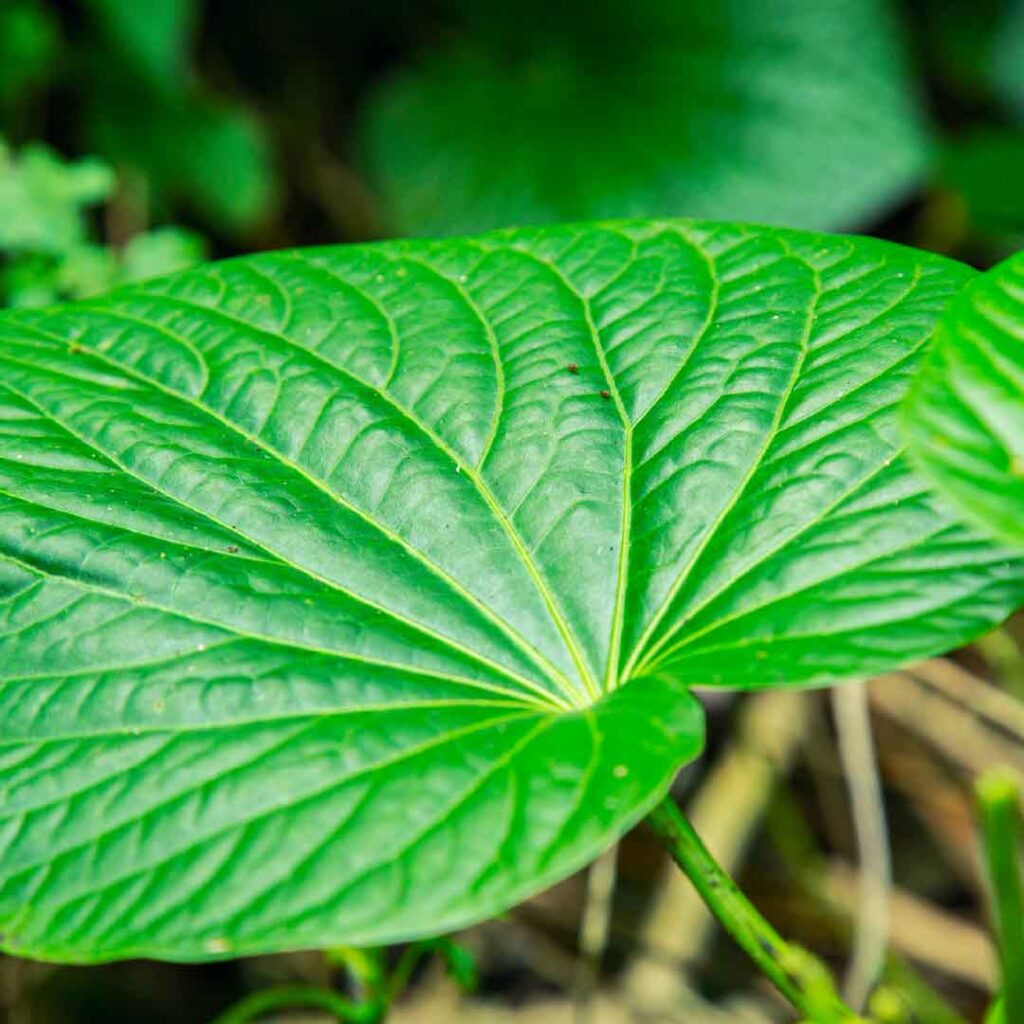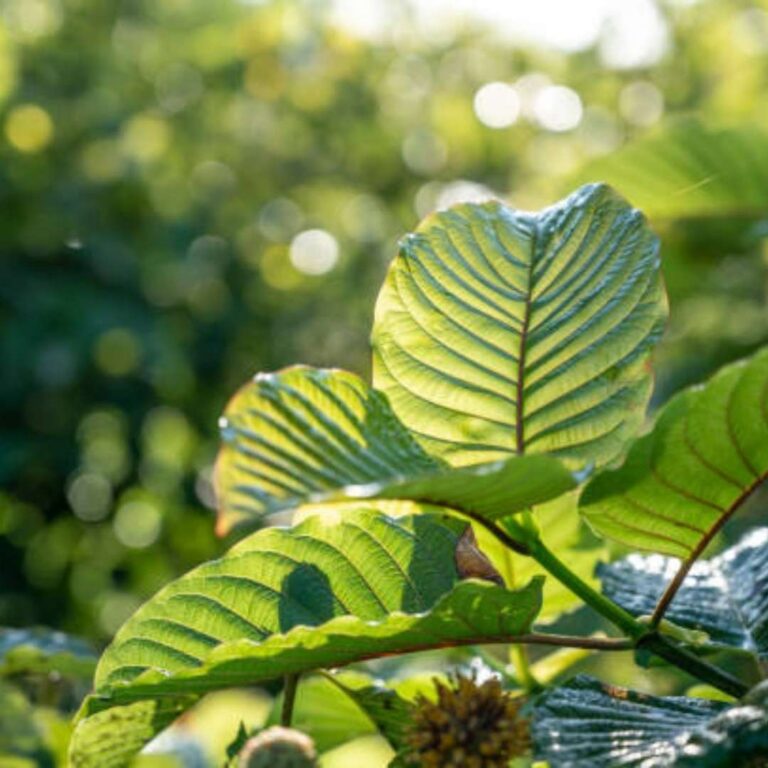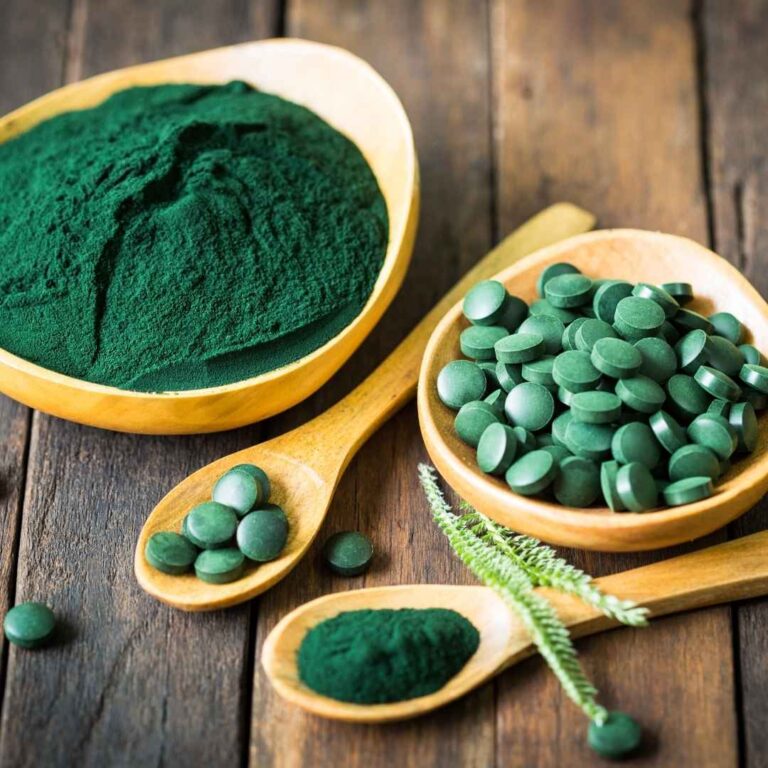Kava represents a traditional beverage made by extracting Piper methysticum plant roots which people in the South Pacific area have used for centuries as a relaxing substance that enhances socialization. Traditional usage of kava has become increasingly popular throughout the world in recent times because people use it as a natural treatment for anxiety and stress alongside sleep challenges. People wonder about the nature of kava as well as its methods of functioning.
In this blog, we’ll discuss kava’s benefits and dangers as well as correct usage methods and nutritional breakdown. This guide contains all the essential information about the remarkable plant if you are either a passionate kava user or a new discoverer seeking knowledge about it.
What is Kava?
Kava is a crop of the Western Pacific. The plant roots serve as the source material to create a consumption beverage that brings sedative results alongside anesthetic properties. The alkylate beverage supports numerous Pacific Island traditions by helping people relax while strengthening their relationships with their community.
Kavalactones primarily generate these effects through their calming properties that help manage anxiety and stress while preventing dependency and major side effects.
The medicinal properties of Kava include its use as a sleep aid and its capability to alleviate pain and reduce muscle tension. The interest in Kava exceeded its original territory to attract worldwide attention from health and wellness practitioners.
Kava and Kratom
Kava and Kratom are two distinct plants known for their psychoactive properties and are used in different cultural and medicinal contexts.
1. Comparative Uses and Regulations
Different nations have established different levels of oversight for kava and kratom plants although both types of plants have achieved worldwide recognition because of their healing properties.
Kava is available as a dietary supplement throughout the United States and in other countries since this plant treats stress effectively yet produces no addiction risk. Anti-liver toxicity concerns caused regulators to issue bans or take a closer look at the medical products in different areas worldwide.
2. Legal Status of Kratom
Kratom, similarly, faces a complex regulatory environment. The substance serves as a substitute option for pharmaceutical pain medication and helps people manage withdrawal symptoms from opioids.
Because it functions like an opioid substance yet poses dangers regarding addiction along with abuse potentials several nations have chosen strict regulations or full bans on its use.
3. Safety and Health Considerations
The protection of health and safety represents primary concerns regarding Kava as well as Kratom. Users of Kava must understand its liver effects especially when consuming it excessively or when they already have pre-existing liver health problems.
People who use Kratom must consider the various drawbacks that stem from its stimulating and tranquilizing properties which include dependence issues withdrawal reactions and drug-substance interactions.
Kava Nutritional Facts
The primary reason to consume kava is the desired effects but minor nutritious elements exist within it. Here’s a breakdown of its kava nutritional facts:
- Kavalactones: The primary active compounds responsible for kava’s effects.
- Fiber: The primary beneficial compound in kava root maintains digestive health.
- Minerals: Minimal concentrations of potassium calcium and magnesium are existing components in Kava.
How Kava Works?
The pharmacological effects of Kava result from its kavalactone components which function as the main active compounds in the plant roots. These compounds found in the roots work within brain structures similar to benzodiazepines-type anti-anxiety drugs.
Kavalactones found in kava work to decrease anxiety and produce relaxation without compromising mental alertness because they differ from standard medications which cause extreme sedation and cognitive impairment.
Kavalactones and Their Role in Stress and Anxiety Relief
Kavalactones function by influencing brain neurotransmitter activity during their effect process. Kavalactones function by stimulating the activity of gamma-aminobutyric acid (GABA) neurotransmitters which serve to regulate nerve excitability in the entire nervous system.
The brain-calming properties of kavalactones occur when they enhance GABA activity to minimize nervous system activities which alleviates anxiety symptoms and stress.
The natural relaxation properties of Kava bring benefits to stress and anxiety patients who want to avoid medication-related problems like dependency or withdrawal symptoms.
Users need to understand that Kava consumption leads to varied experiences based on individual responses and dosage levels even though it shows good tolerance among most users. People value Kava treatments as an alternative medicine because they understand how this herb works to relieve symptoms in controlled natural ways.
Kava Benefits
People widely select Kava because it provides numerous health advantages from natural plant sources. Here are some of the most well-documented kava benefits:
1. Reduces Anxiety and Stress
People widely recognize kava because it demonstrates abilities to treat anxiety conditions. Evidence indicates that kavalactones act as an anxiety relief agent that produces relaxing effects without leading to sleepiness.
2. Promotes Relaxation
People use Kava to relax in the evening and minimize stress because of its calming properties.
3. Improves Sleep Quality
Within their experience, most kava users find that the substance lets them drop off to sleep quicker and creates more tranquil sleeping patterns.
4. Enhances Mood
People choose Kava at social events due to its effectiveness in creating feelings of well-being with happiness.
5. Muscle Relaxation
Kava produces relaxing impacts that spread throughout the body and reduce muscle strain in addition to painful sensations.
How to Use Kava?
Kava produces three main consumption methods to accommodate individual tastes and requirements. Here’s a guide to using kava safely and effectively:
1. Traditional Kava Beverage
- Preparation: Mix kava root powder with water, strain, and drink.
- Dosage: Start with 1-2 tablespoons of kava powder per serving.
2. Kava Capsules
- Preparation: Take pre-measured capsules with water.
- Dosage: Follow the manufacturer’s instructions, typically 1-2 capsules per serving.
3. Kava Extracts
- Preparation: Add liquid extract to water or another beverage.
- Dosage: Follow the product label for the recommended dosage.
4. Kava Tea
- Preparation: Steep kava tea bags in hot water for 5-10 minutes.
- Dosage: Start with one tea bag per serving.
5. Kava Tinctures
- Preparation: Use a dropper to place the tincture under your tongue or mix it with water.
- Dosage: Follow the product label for the recommended dosage.
Risks while using Kava
Kava presents a range of advantages though all benefits come with certain health risks. People need to recognize these risks to effectively decrease their adverse effects.
1. Common Kava Side Effects
Gastrointestinal discomfort together with headache and dizziness represent the main side effects that users of kava may experience. Most such side effects remain mild enough to handle effectively.
2. Serious Kava Side Effects
Excess consumption of Kava or misuse of the substance may occasionally cause liver damage although proper monitoring with guidance of dosage limits can prevent this serious risk.
3. Long-term Usage Concerns
The prolonged consumption of Kava leads to possible adverse health consequences characterized by skin alterations and liver deterioration together with additional complications that require continual safety inspections.
Tips for Using Kava Safely
To minimize the risks and maximize the benefits of kava, follow these safety tips:
- Choose High-Quality Products: Purchase kava from reputable vendors who provide lab-tested products.
- Start with a Low Dose: Begin with a small dose to assess your tolerance and avoid overconsumption.
- Avoid Mixing with Alcohol or Medications: Combining kava with alcohol or certain medications can increase the risk of adverse effects.
- Limit Use: Avoid using kava daily to reduce the risk of liver toxicity and other side effects.
- Consult a Healthcare Professional: If you have underlying health conditions or are taking medications, consult a healthcare professional before using kava.
Wrapping Up
Kava presents an interesting plant system with a heritage dating back centuries that offers different medical advantages including stress reduction and relaxation benefits. One needs to approach kava use with responsibility because natural remedies come with their own set of risks.
Consistency in selecting premium merchandise and initiating small amounts and compliance with cautions enables users to obtain kava advantages without complications.
More Readings:





